Throughout history, communities around the world have transformed ordinary walls into extraordinary canvases of color and creativity through the ancient art of mosaic. These intricate designs, crafted from thousands of individual pieces of glass, tile, stone, or ceramic, turn public spaces into open-air galleries that tell stories of cultural heritage and artistic vision.
Here is a list of 20 towns where mosaic art has become an integral part of the urban landscape. It covers walls with timeless beauty that withstands the elements while capturing the imagination.
Ravenna
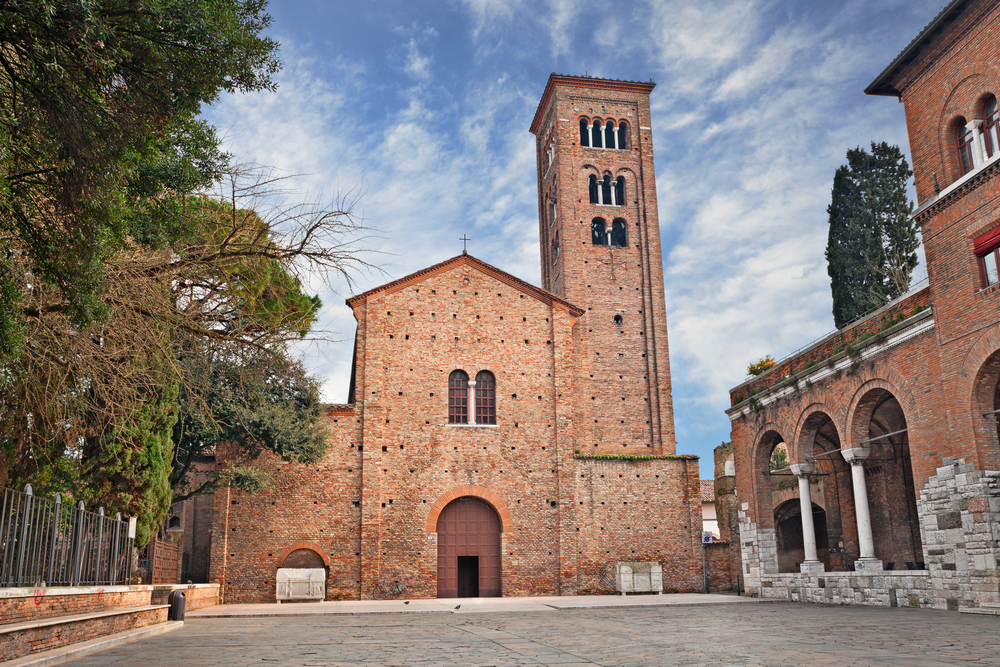
This northeastern Italian town preserves the world’s finest collection of Byzantine mosaics, with eight UNESCO World Heritage sites containing works from the 5th and 6th centuries. The Basilica of San Vitale houses perhaps the most famous examples, where millions of glass tesserae create luminous depictions of Emperor Justinian and Empress Theodora against gold backgrounds.
Walking through Ravenna means encountering 1,500-year-old masterpieces that have lost none of their brilliant color or artistic impact, inspiring modern mosaic artists who study at the town’s specialized academies.
Parc Güell
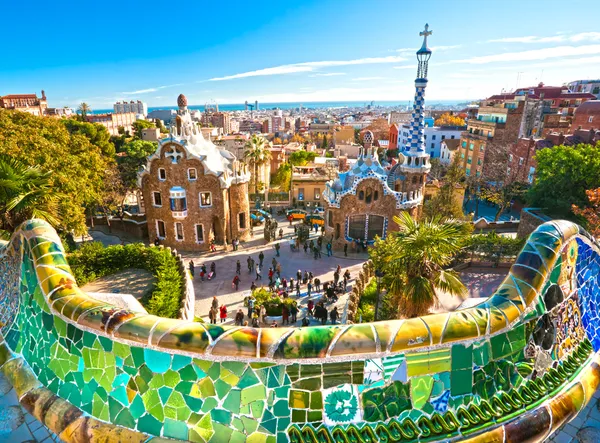
Barcelona’s famous park, designed by Antoni Gaudí, features serpentine benches covered in trencadís—a mosaic style created from broken ceramic pieces. This colorful technique appears throughout the park, transforming structural elements into whimsical art using recycled materials from local factories.
The undulating forms covered in fragmented patterns create a dreamlike atmosphere that attracts millions of visitors annually, while inspiring contemporary mosaic artists to incorporate found objects into their work rather than traditional cut tiles.
Like Travel Pug’s content? Follow us on MSN.
Fusterlandia
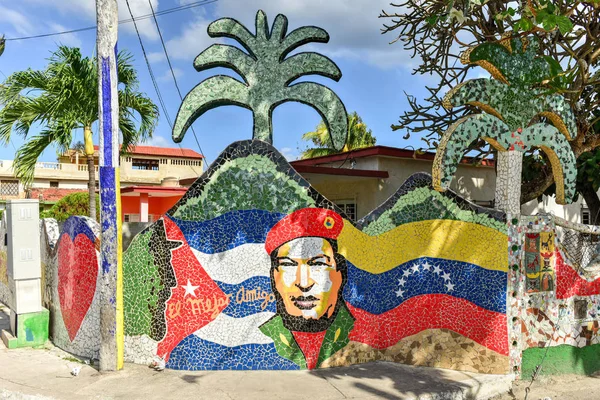
Located in Havana’s outskirts, this neighborhood has been transformed by artist José Fuster, often called the ‘Picasso of the Caribbean,’ who began decorating his home with colorful mosaics in 1975. The project gradually expanded throughout the community as neighbors invited him to embellish their properties, eventually covering over 80 buildings with fantastical scenes of Cuban life.
Every available surface—walls, rooftops, doorways, and benches—displays vibrant mosaics that blend folk art traditions with surrealist imagery. This is a remarkable example of how a single artist’s vision can transform an entire community.
Chartres

This medieval French town, famous for its cathedral, contains remarkable modern mosaic installations created by artist Gabriel Loire in the post-war period. Loire’s distinctive slab glass technique, using thick pieces of colored glass set in concrete, adorns numerous buildings throughout the town center.
The contrast between ancient architecture and these mid-20th-century mosaic walls creates a visual dialogue between past and present, demonstrating how this ancient art form continues evolving while maintaining connections to its historical roots in religious and civic spaces.
Philadelphia’s Magic Gardens

This immersive art environment, created by Isaiah Zagar, spans half a block in South Philadelphia. It features labyrinthine walls entirely covered in mosaics made from found objects. Bicycle wheels, bottles, ceramic shards, and mirrors combine with traditional tiles to create a uniquely American interpretation of the mosaic tradition.
The project began as a vacant lot transformation in the 1960s and expanded over decades, inspiring similar community mosaic projects throughout Philadelphia’s neighborhoods that have revitalized formerly neglected spaces.
Like Travel Pug’s content? Follow us on MSN.
Yazd
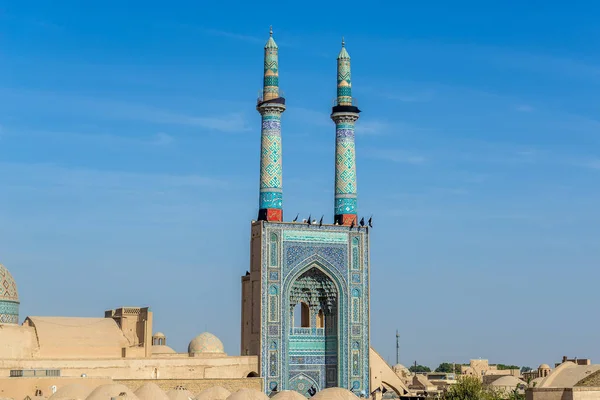
This ancient Persian city features spectacular geometric mosaic patterns adorning the walls of its mosques and public buildings, particularly the Friday Mosque with its stunning mihrab. The distinctive style uses mirrored glass and precisely cut ceramic pieces to create complex mathematical patterns that reflect Islamic artistic traditions.
These intricate designs capture and refract desert sunlight, creating ever-changing visual effects throughout the day while demonstrating the sophisticated understanding of geometry that characterized Persian artistic traditions for centuries.
Madaba
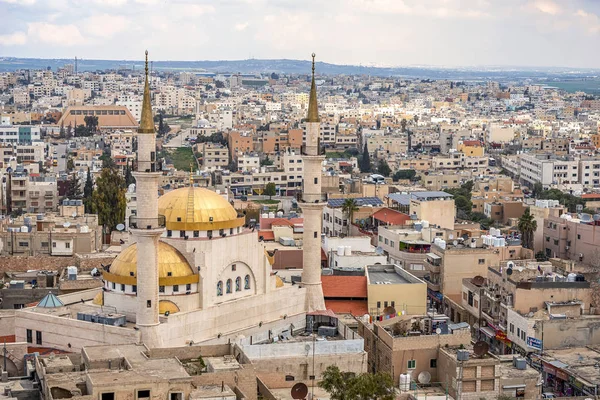
Known as Jordan’s ‘City of Mosaics,’ this town preserves remarkable Byzantine-era works dating from the 6th century, including the famous Madaba Map—the oldest surviving cartographic depiction of the Holy Land. Archaeological excavations continuously uncover new mosaic floors throughout the town, revealing scenes of daily life, mythology, and natural abundance from the region’s prosperous Byzantine period.
A specialized school now teaches traditional mosaic-making techniques to new generations, ensuring this local artistic heritage continues while supplying restoration experts for ongoing conservation projects.
Wat Xieng Thong

This royal temple in Luang Prabang, Laos, features walls covered in glass mosaic designs depicting scenes from Buddhist mythology and local folklore. The distinctive Lao style uses mirrored glass cut into figurative shapes and set against colored backgrounds, creating a shimmering effect that animates the narratives.
The temple’s exterior Tree of Life mosaic, composed of thousands of colored glass pieces, has become an iconic symbol of the town. It demonstrates how mosaic traditions developed unique characteristics as they spread across different cultural regions.
Like Travel Pug’s content? Follow us on MSN.
Nek Chand Rock Garden
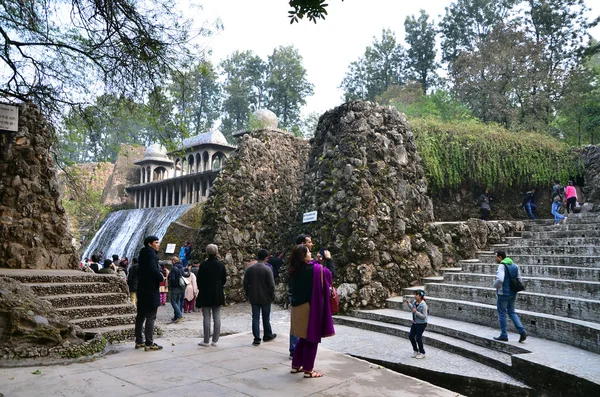
Located in Chandigarh, India, this extraordinary 40-acre site features walls and sculptures covered in mosaics created from urban debris collected by self-taught artist Nek Chand. Beginning as a secret project in 1957, the now-famous site displays walls covered with intricate patterns made from broken bangles, electrical sockets, discarded tiles, and porcelain bathroom fixtures.
The innovative use of recycled materials transformed industrial waste into art decades before environmental concerns made such approaches fashionable, creating a uniquely Indian interpretation of mosaic tradition.
Tbilisi
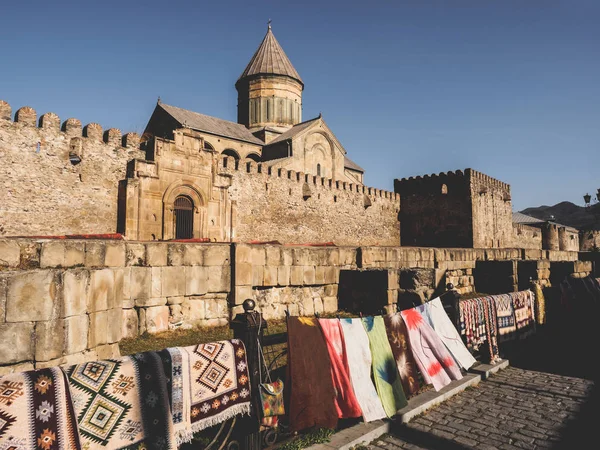
Georgia’s capital city contains remarkable Soviet-era mosaic walls that combine traditional local motifs with modernist design elements characteristic of mid-20th-century public art. Buildings throughout the city feature large-scale exterior mosaics depicting historical events, cultural achievements, and idealized scenes of Georgian life created during the 1960s and 1970s.
Unlike many former Soviet republics that removed such works after independence, Tbilisi has preserved these mosaic walls as important cultural artifacts, recognizing their artistic value beyond their political origins.
Cuernavaca

This Mexican city, southeast of Mexico City, houses the remarkable mosaic murals of Siqueiros Cultural Park, where famed artist David Alfaro Siqueiros combined traditional mosaic techniques with modern political imagery. His massive exterior works use simplified forms and bold colors to create powerful statements about Mexican identity and social justice that remain vibrant despite decades of weather exposure.
The durability of his mosaic murals compared to painted works demonstrates why this ancient technique remained relevant for political public art in the 20th century.
Like Travel Pug’s content? Follow us on MSN.
Murano
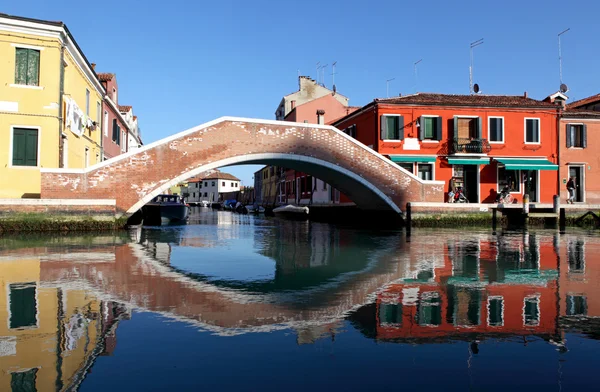
This Venetian island, famous for glass production, features numerous buildings adorned with mosaics created from locally produced materials, including the spectacular façade of Santa Maria e San Donato church. Workshops throughout the island have produced glass tesserae for mosaic projects worldwide for centuries, developing specialized techniques for creating the gold-backed pieces used in Byzantine-style works.
Modern glass artists on the island continue creating innovative forms of mosaic using traditional methods, maintaining Murano’s reputation as a center for materials and techniques that define this art form.
Valparaíso
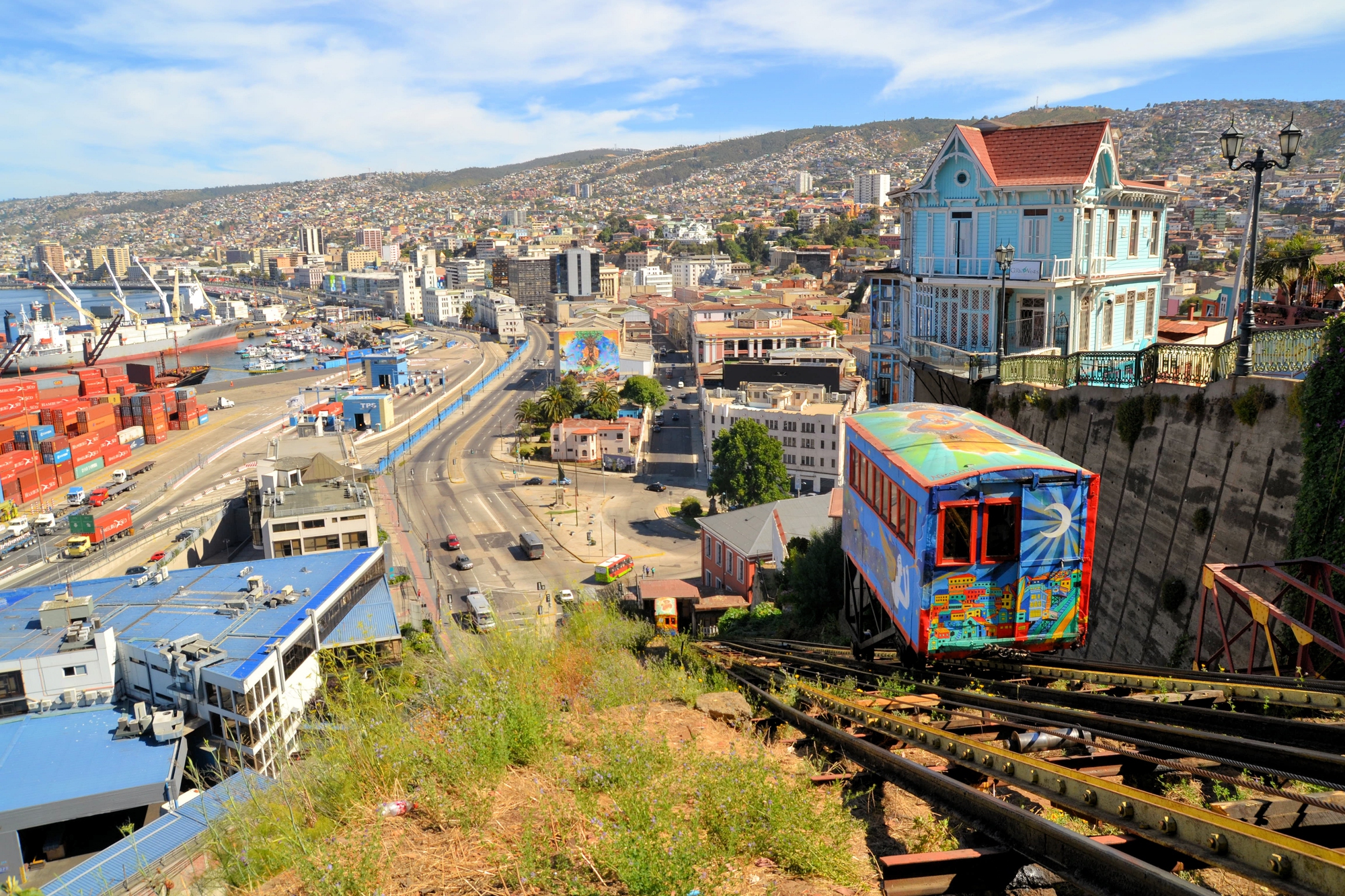
Chile’s colorful port city features numerous contemporary mosaic walls created as part of urban renewal projects beginning in the early 2000s. Local artists incorporate maritime imagery, indigenous motifs, and modern designs across public stairways and retaining walls throughout the UNESCO-protected historic districts.
The weather-resistant qualities of mosaic have proven especially valuable in this coastal environment, where painted murals quickly deteriorate in the salt. Still, tile works have maintained their vibrant appearance for decades despite harsh conditions.
Samarkand
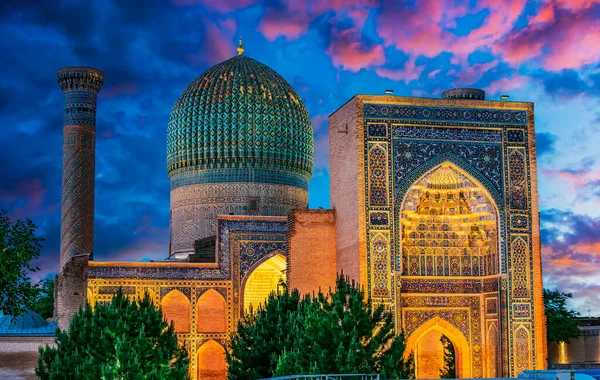
This ancient Uzbek city along the Silk Road showcases spectacular mosaic traditions in its famous Registan Square, where three madrasas display some of the finest Islamic architectural decoration in Central Asia. The buildings’ exterior walls feature massive geometric and floral patterns created through the labor-intensive technique of mosaic faience, where each piece is precisely cut to fit perfectly without visible grout lines.
These masterpieces of mathematical precision represent the pinnacle of traditional Islamic mosaic design, creating harmony through complex patterns rather than figurative imagery.
Like Travel Pug’s content? Follow us on MSN.
San Juan Comalapa
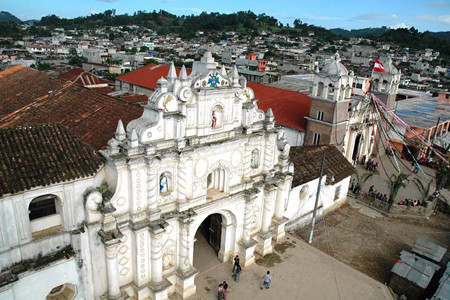
This Guatemalan town, known as the ‘Florence of America,’ features extraordinary community mosaic walls depicting Mayan history from pre-colonial times through the brutal civil war to the present day. Created through collaborative efforts by local artists and residents, these narrative mosaics serve as public history documents, preserving cultural memory and indigenous identity through accessible visual storytelling.
The project demonstrates mosaic’s effectiveness for community-based art, allowing participants with varying skill levels to contribute to monumental works with lasting impact.
Lisbon
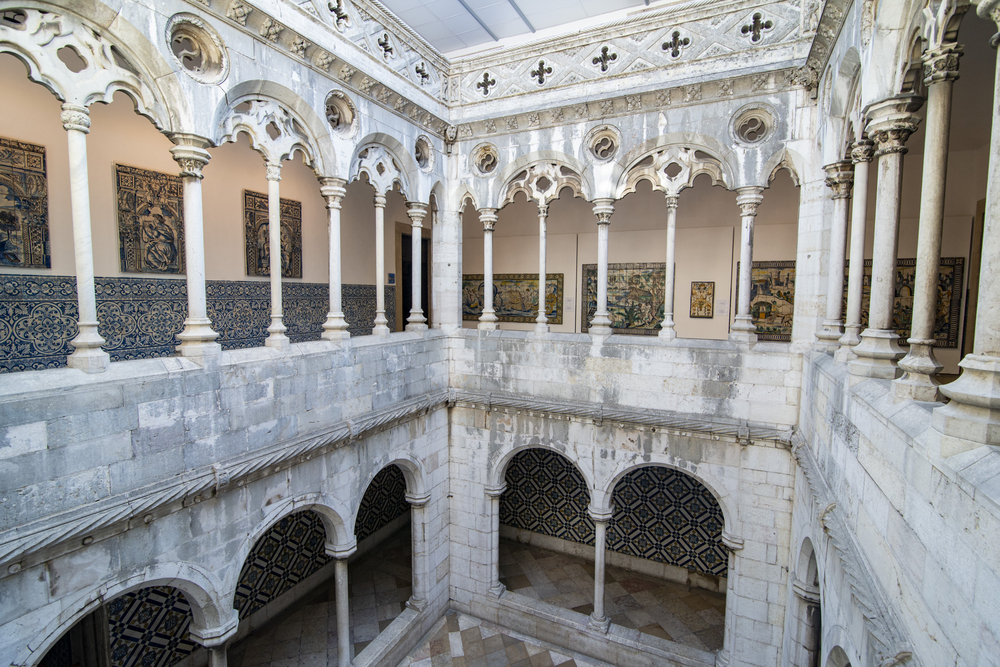
Portugal’s capital displays distinctive azulejo ceramic tile work on building façades throughout the city, with some patterns dating back to the Moorish period. Though technically ceramic tiling rather than cut-piece mosaic, these decorative walls represent a parallel tradition of covering architecture with durable images and patterns.
The devastating 1755 earthquake proved the resilience of these ceramic-covered walls, which survived when other decorative elements were destroyed. This led to their increased use during reconstruction and created the distinctive blue-and-white streetscapes that define Lisbon today.
Papantla
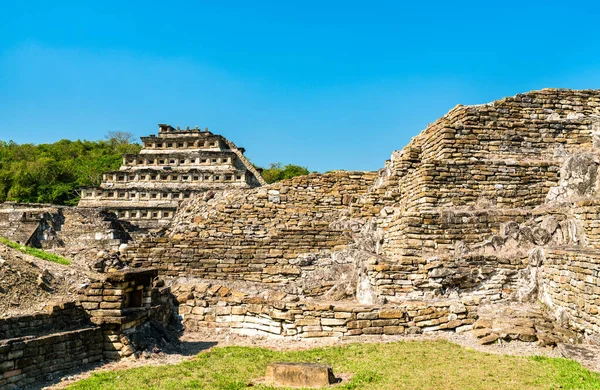
This town in Veracruz, Mexico, showcases massive mosaic murals depicting the ancient Totonac culture, particularly at the Tajín cultural center, where walls covered in volcanic stone mosaics tell stories of indigenous traditions. Artists use locally sourced materials in colors reflecting the natural landscape to create connections between contemporary communities and their pre-Hispanic roots.
The durability of stone mosaic makes it particularly appropriate for this tropical climate, where other art forms quickly deteriorate, but these walls maintain their cultural messages across generations.
Like Travel Pug’s content? Follow us on MSN.
St. Petersburg
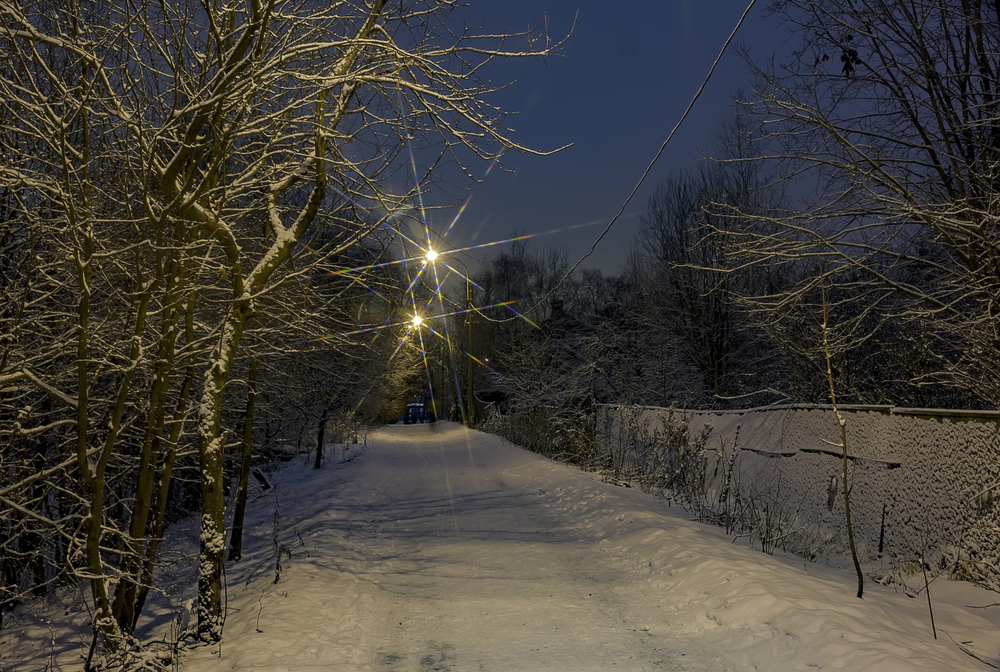
Russia’s cultural capital contains some of the world’s largest mosaic installations within its metro stations, where vast walls depict scenes celebrating Russian achievement and cultural identity. The Avtovo station features spectacular glass mosaics created by prominent Soviet artists that transform a utilitarian transit space into an underground palace accessible to ordinary citizens.
These public works demonstrate how mosaic art served both aesthetic and ideological purposes in Soviet urban planning, creating beauty in everyday spaces while communicating collective values through permanent visual media.
Orvieto
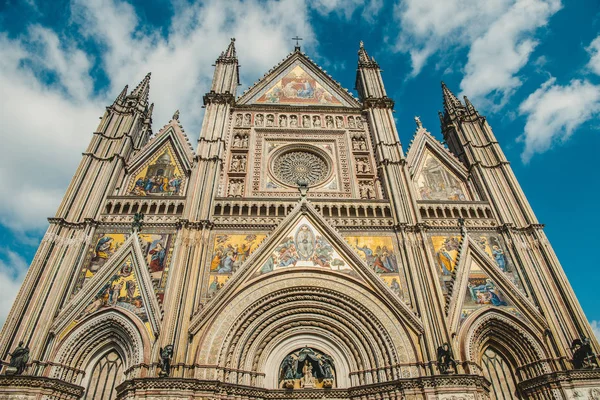
This Italian hill town in Umbria features the spectacular façade of its cathedral, where mosaic panels depicting biblical scenes complement sculptural elements and create a unified decorative program. Unlike Ravenna’s intimate interior spaces, Orvieto’s exterior mosaics were designed to be visible from the town square below, using larger pieces and simplified compositions that remain legible at a distance.
Local workshops continue producing architectural mosaics for restoration projects and new installations, maintaining specialized knowledge of outdoor techniques developed over centuries of practical experience.
The Colored Village
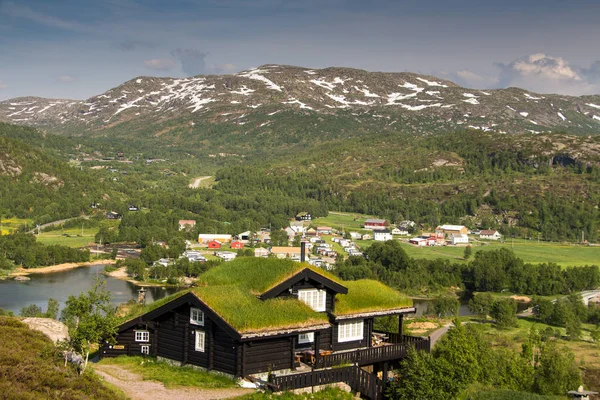
The small community of Nespelem on the Colville Indian Reservation in Washington state has developed a remarkable collection of community mosaic walls depicting tribal history, cultural practices, and environmental concerns. Led by tribal elders working with younger community members, these collaborative projects serve as both artistic expressions and educational tools that strengthen cultural continuity.
The permanent nature of mosaic makes it particularly appropriate for preserving indigenous knowledge in public spaces, creating durable records of oral traditions that might otherwise be lost between generations.
Like Travel Pug’s content? Follow us on MSN.
Art That Endures

These mosaic-covered towns demonstrate how this ancient technique continues to serve contemporary artistic expression while connecting communities to their cultural heritage. The remarkable durability of properly executed mosaic work ensures these public art treasures will endure for future generations, often outlasting the buildings they adorn.
From Byzantine masterpieces to community-created narrative walls, mosaic art transforms ordinary surfaces into extraordinary visual experiences that weather the elements and the passage of time while maintaining their power to captivate and inspire all who encounter them.
More from Travel Pug

- 20 Best Beach Towns in the Carolinas
- 13 Destinations Where Tourists Regularly Regret Their Trip
- 20 Destinations That Are More Magical Without an Itinerary
- 20 Underrated Adventures That Belong on Your Travel List
- 20 Cities Where You Should Just Wing It, No Planning Required
Like Travel Pug’s content? Follow us on MSN.
